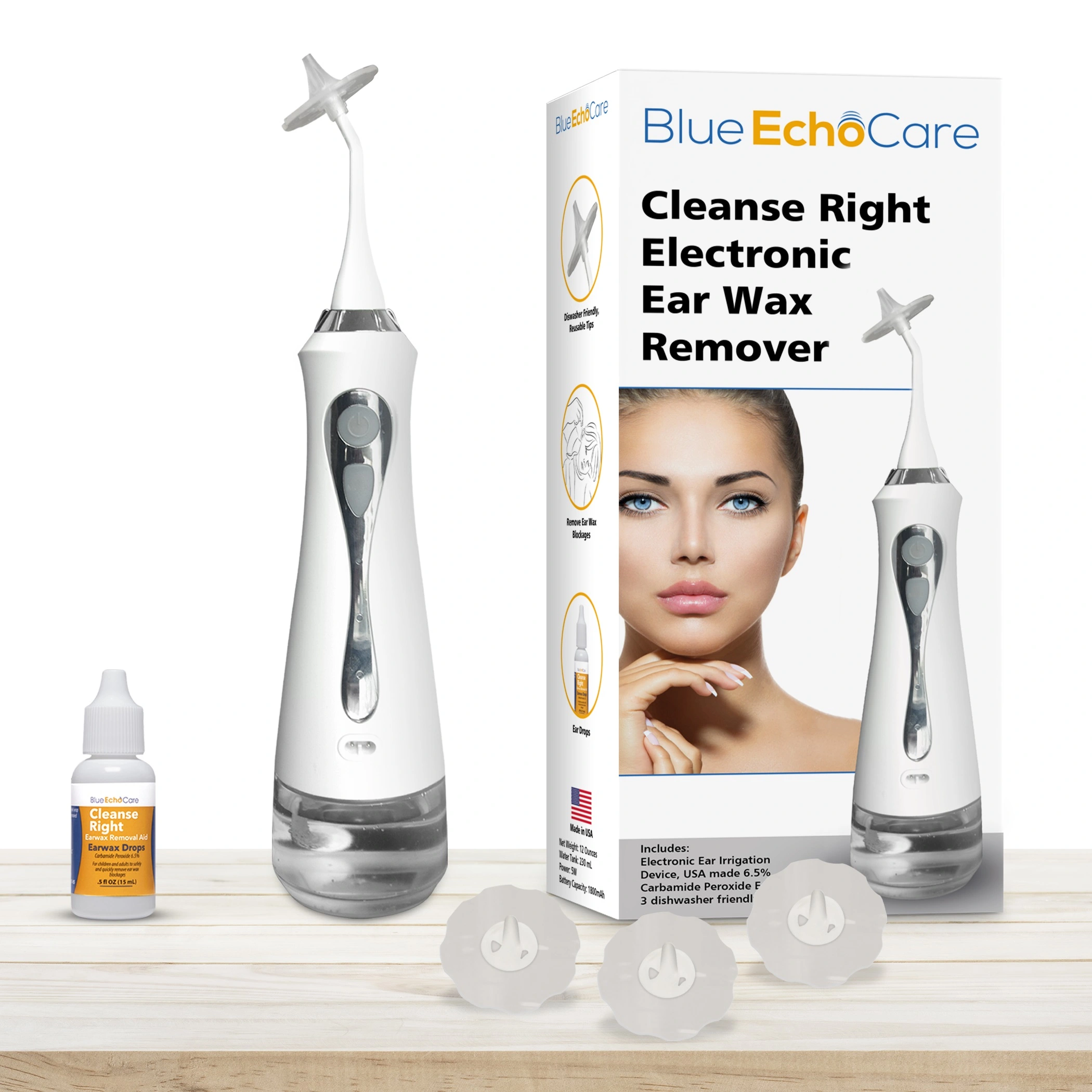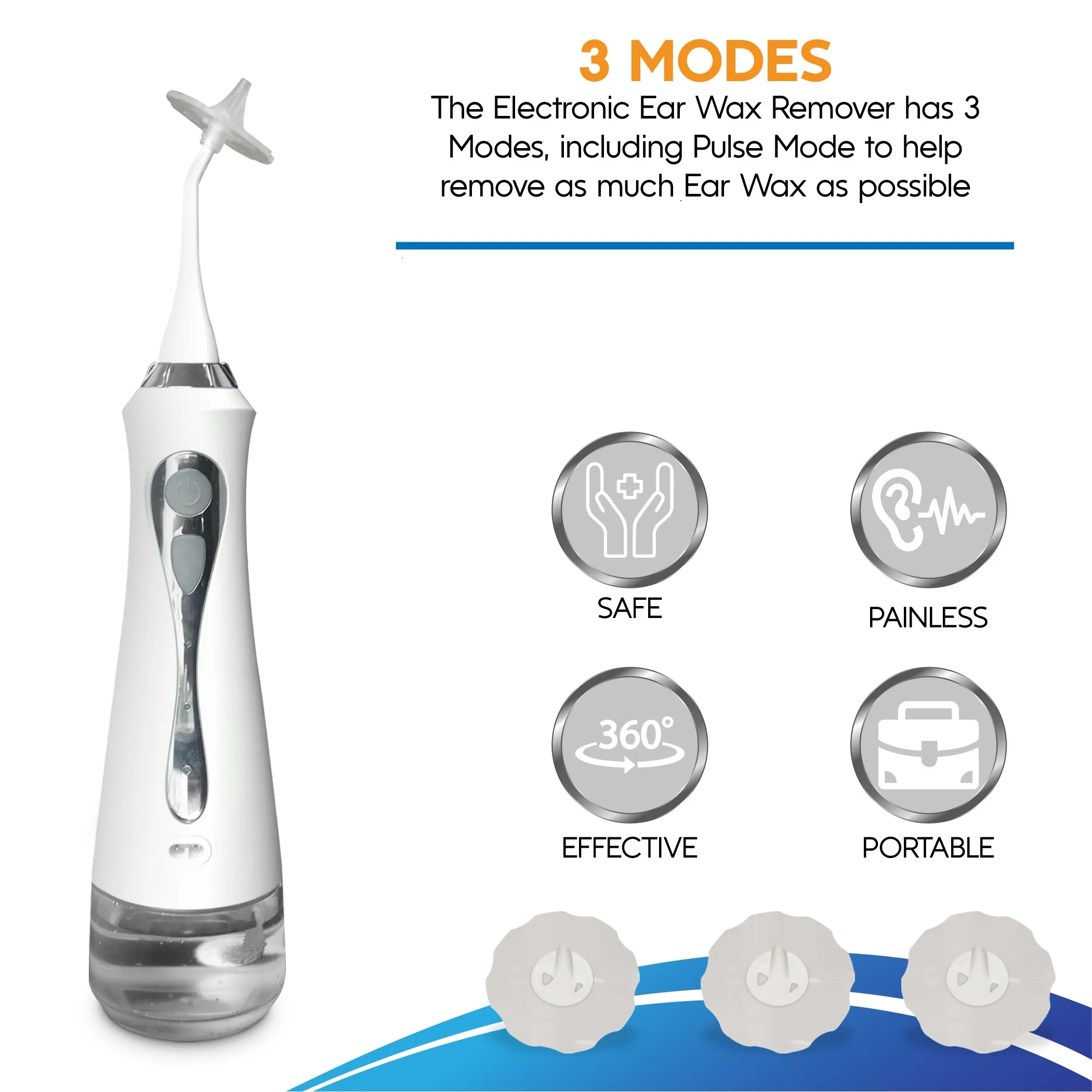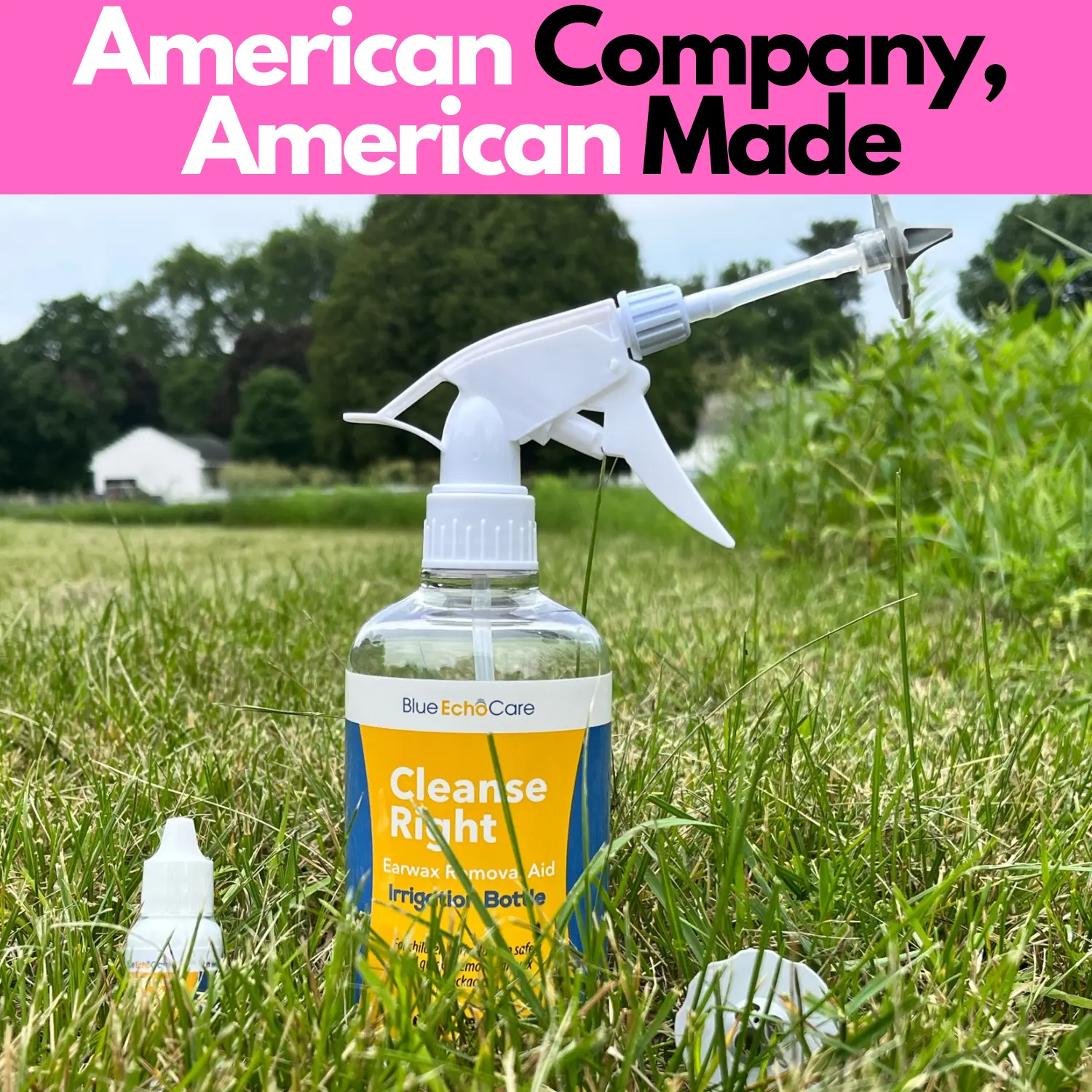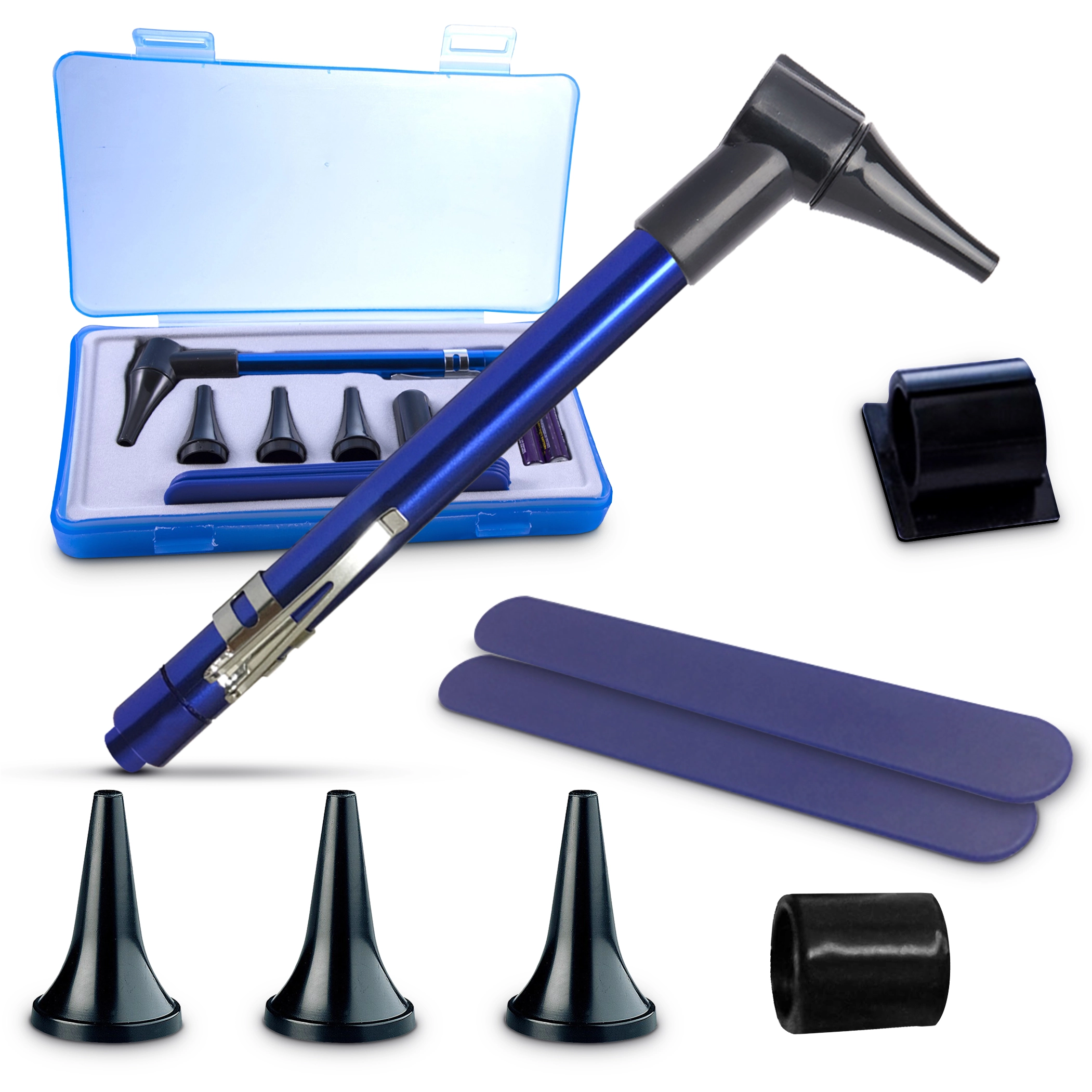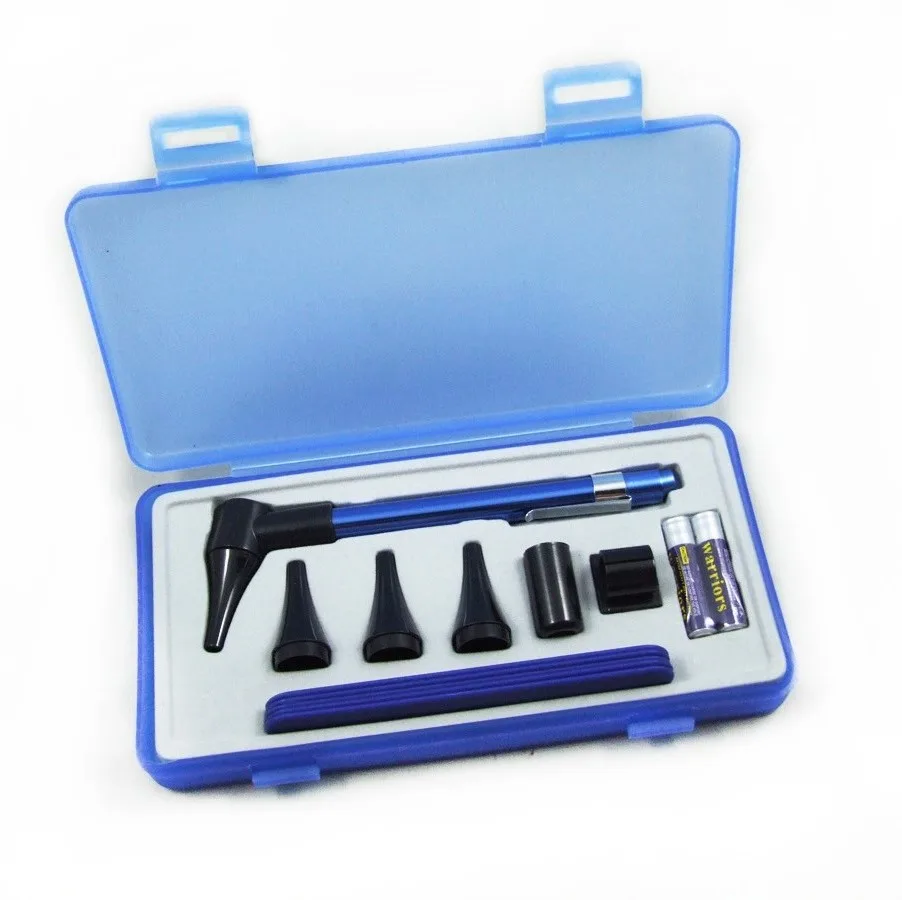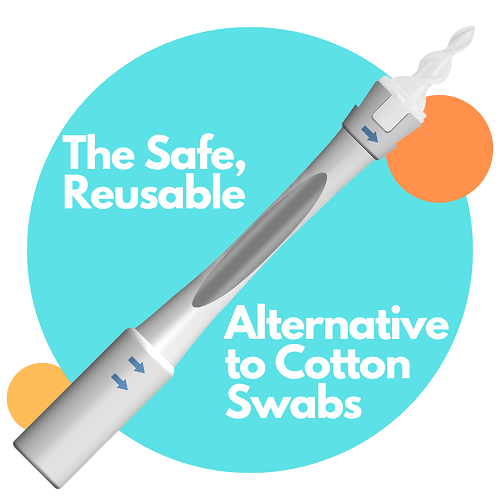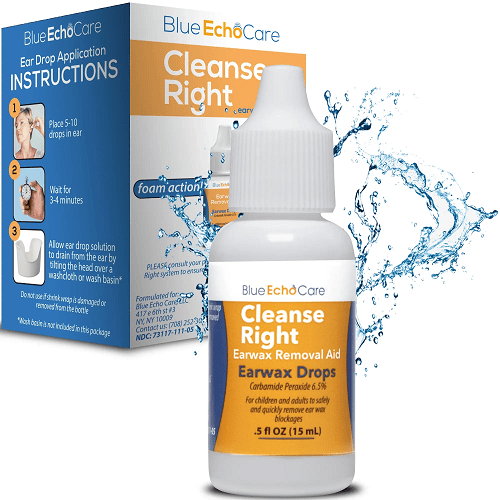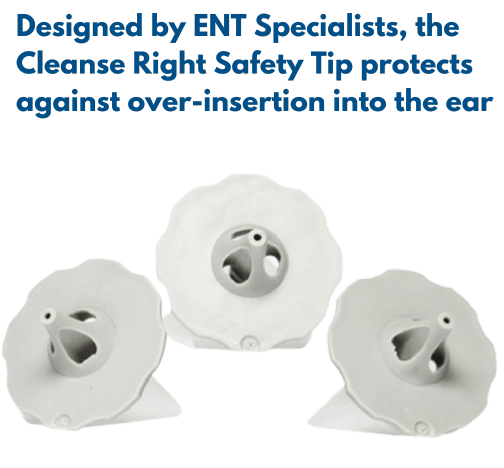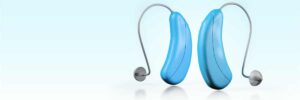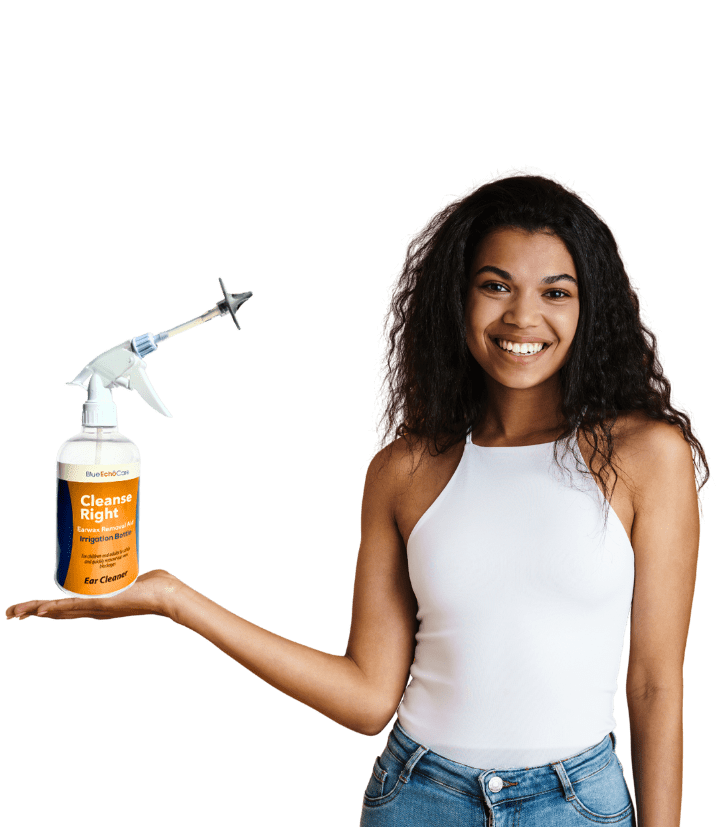That darn ear wax, always showing up at the worse times! Whether it’s summer and your little one is crying because of an ear full of gunk or a parent that’s losing their hearing but refuses to make their way to the doctors office, there always seems to be an issue when it comes to ear wax. But fret not! There is an answer and we got you for all the nitty gritty on ear wax.
Introduction:
Ear wax, also known as cerumen, is a natural substance produced by the glands in our ear canal. It serves as a protective mechanism, trapping dust, debris, and foreign particles, preventing them from reaching the delicate eardrum. However, sometimes an excess build-up of ear wax can occur, leading to discomfort, hearing impairment, and even infections. In this article, we will explore the various methods and best practices for safely removing ear wax to maintain ear health and improve overall well-being.
Understanding Ear Wax:
Before diving into the removal techniques, it’s crucial to understand the role and composition of ear wax. Ear wax is primarily made up of dead skin cells, hair, and secretions from the ceruminous glands. Its sticky texture helps it cling to the walls of the ear canal, gradually moving outwards, carrying any trapped debris along with it. For most individuals, the natural process of jaw movement, such as talking or chewing, aids in the migration and self-cleaning of ear wax.
Safe Methods for Ear Wax Removal
- Ear Irrigation: Ear irrigation, also known as ear syringing, is a common method used to remove excessive ear wax. It involves gently flushing the ear canal with warm water using a specialized ear syringe or bulb. It’s important to use only lukewarm water and avoid applying excess pressure to prevent injury to the eardrum. Ear irrigation is typically performed by a healthcare professional but can also be done at home using an over-the-counter irrigation kit. It is not recommended for individuals with a history of eardrum perforation or recurring ear infections.
- Ear Drops: Over-the-counter ear drops can be used to soften the ear wax, making it easier to remove. These drops typically contain mineral oil, baby oil, glycerin, or hydrogen peroxide. Follow the instructions on the packaging and administer the recommended number of drops into the affected ear. Allow the drops to sit for a few minutes to loosen the wax before tilting the head and allowing the liquid to drain out. It’s essential to consult a healthcare professional if you have a history of ear problems or if the symptoms worsen.
- Ear Wax Removal Kits: Ear wax removal kits are available over-the-counter and often include a wax softening solution and a bulb syringe for irrigation. These kits provide a comprehensive approach to ear wax removal, starting with softening the wax using the solution and then irrigating the ear to remove it. Carefully follow the instructions provided with the kit, and if you have any concerns or doubts, consult a healthcare professional.
- Seek Professional Assistance: If you are unsure about the best approach or if you have a history of ear problems, it is advisable to seek professional assistance from an audiologist or an ear, nose, and throat (ENT) specialist. They have the expertise and proper tools to safely remove ear wax and can provide personalized advice based on your specific situation.
